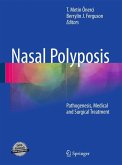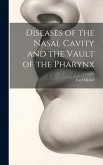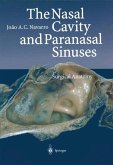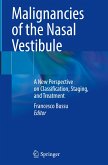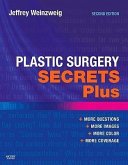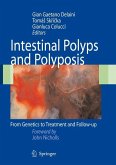Nasal polyps are benign mucosal protrusions into the nasal cavity of multifactorial origin, characterised with chronic eosinophil inflammation. The suggested pathomechanisms comprise several important molecules and cytokines. The authors studied the role of IgE, IL-5, TGF-beta1, and histamine in the pathomechanism of nasal polyposis, as well as histamine-receptors which might play a role in the effect of histamine in nasal polyp tissue. Histamine metabolism seems to be altered in polyp tissue, that can influence IL-5 release, and this may be an important factor in the pathomechanism of polyp formation. The histamine related mechanisms are preferentially mediated through H1 and H4 histamine receptors in the polyp tissue. Due to this point one may speculate, that the H4 receptor mediated histamine effects have a role in eosinophil accumulation and activation in inflammatory diseases of the nasal and paranasal sinus mucosa, like nasal polyposis.


